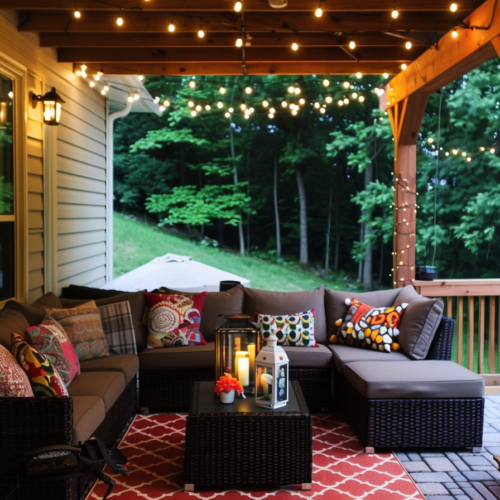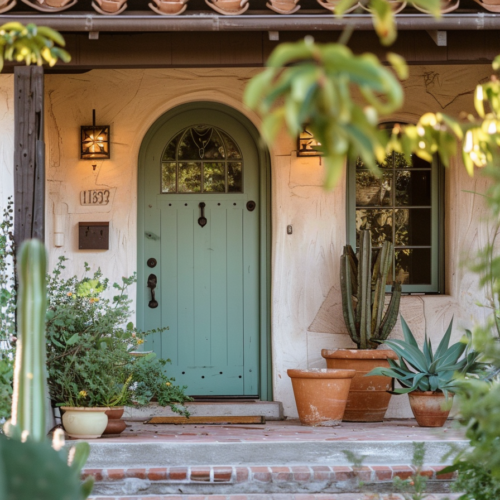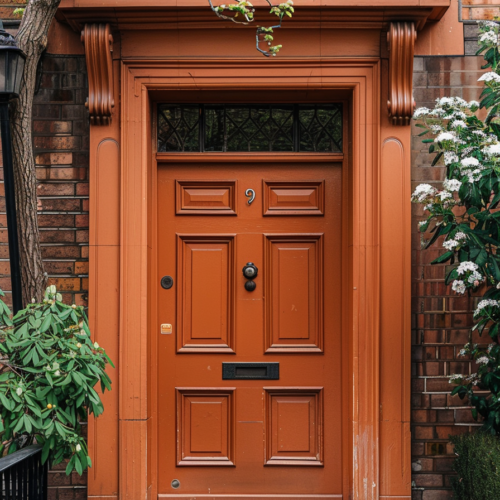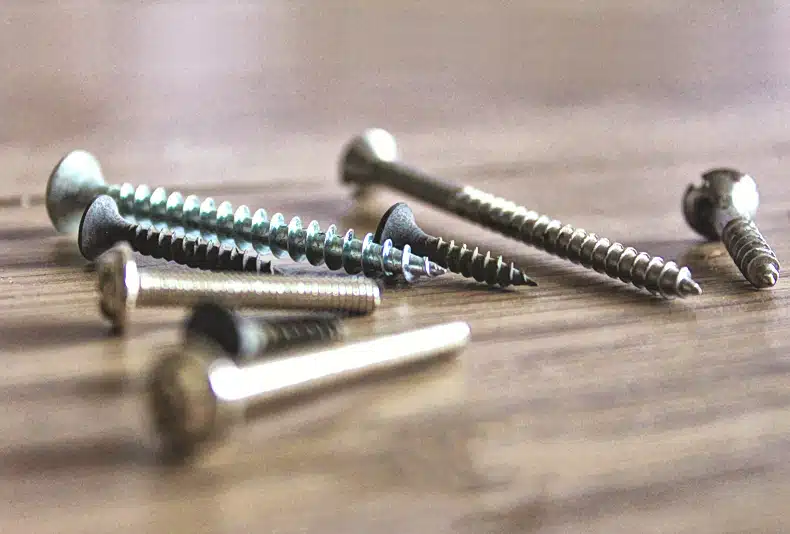
Screws might seem small and insignificant, but they are responsible for holding almost everything in your home together, from furniture to your DIY or hobby projects. When it comes to using screws, you might think that just any old screw will do for whichever job you need it for, but this could not be further from the truth. There are numerous types of screws, each of which has a specific purpose.
There are many different types of screws that you can place into various groups. The main most common groups include:
- Wood Screws
- Drywall Screws
- Machine Screws
- Sheet metal Screws
- Masonry Screws
- Self-Drilling Screws
- Socket Screws
- Security Screws
- Decking Screws
- Double-Ended Screws
There are dozens of different screws out there, and trying to name and categorize them would take us into next year (only kind of kidding). When discussing the types of screws available, the best thing to do is to look at the ones primarily used in everyday life and those that the average person might have. So for the sake of simplicity, we will only discuss the most commonly used types of screws.
10 Common Types Of Screws
Screws are essential players in the hobby, furniture making, and construction industries. They ensure that things hold together, so you must ensure that you choose the right screw for the job.
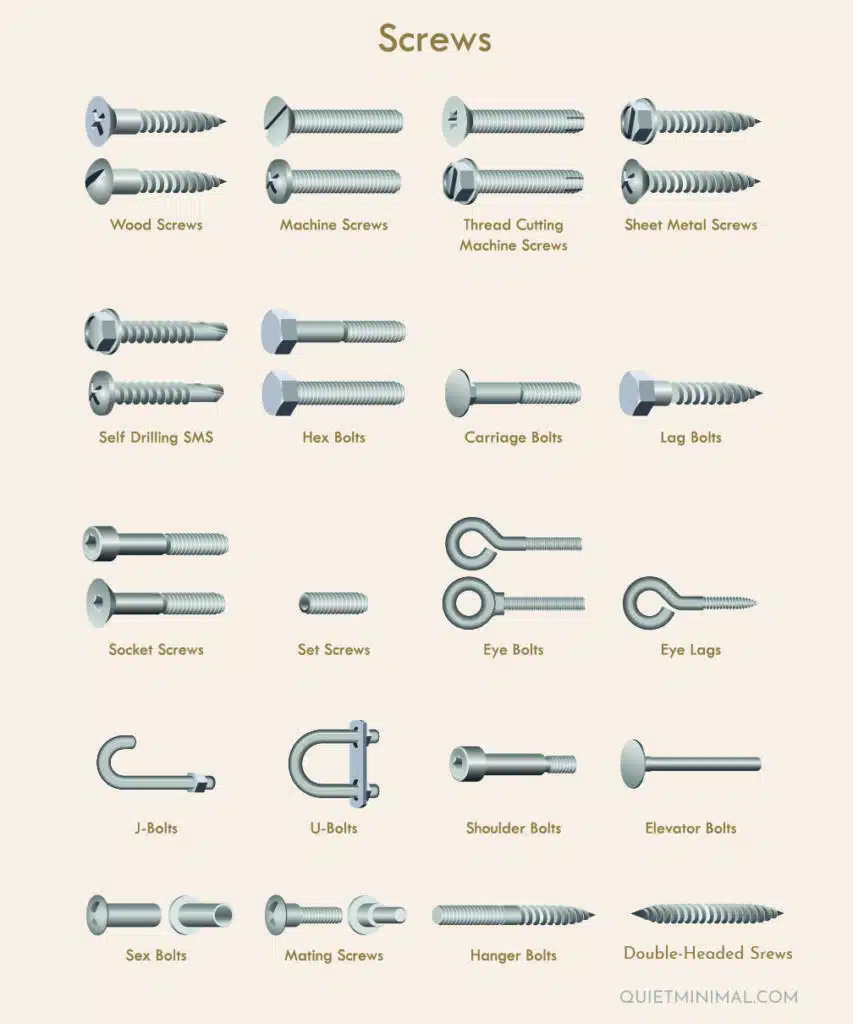
Another thing you might want to remember when choosing your screw is that they come with different head types, so ensure you have chosen the correct screw head for the tool you will be using. These different head types include slotted, star or Philips, hex, square, and one of the less common variants, quadrex, a combination of a square and a Philips head.
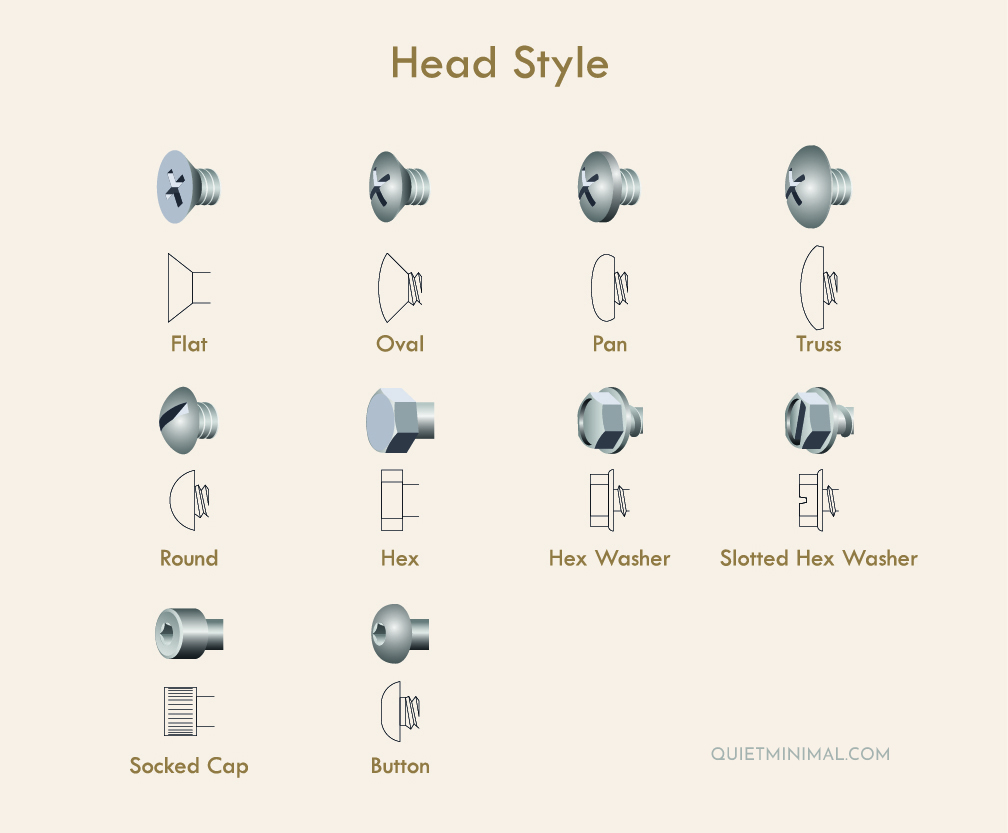
Now that we know a little about screw heads, we can discuss some different types of screws available. To make things easier, we will look at ten of the most common types of screws you might encounter daily.
Wood Screws
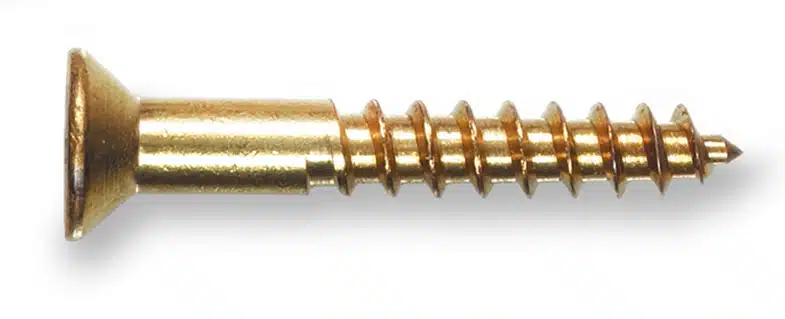
If you wish to work with any hard or soft wood, chipboard, or MDF, then wood screws are what you need. Typically you will find these screws in brass or steel with a range of different heads.
This type of screw belongs to the self-tapping range, meaning that they are designed with a pointed tip and a tapered body and can create their own thread. However, it would be best to drill a pilot hole before using one to ensure that you do not crack or split the wood.
Drywall Screws

If you are looking for a screw specifically designed to attach drywall or plasterboarding to metal framing or wood, a drywall screw is your best option. These screws are produced out of hardened steel and come in various head options.
Drywall screws are completely threaded and, due to their brittle nature, can snap if you drill them into hard types of wood.
Machine Screws
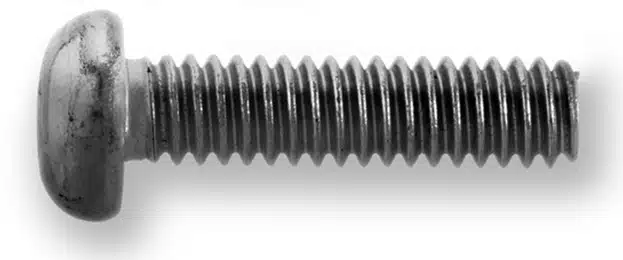
These screws are very similar to bolts but include a socket on their heads, allowing them to be driven in with a screwdriver. Their threads are uniform so that you can insert them into threaded holes.
You use these types of screws to keep different parts of machines together, such as engines and other industrial equipment. You will mostly find these screws used in engineering, electronic, and manufacturing equipment.
Sheet Metal Screws
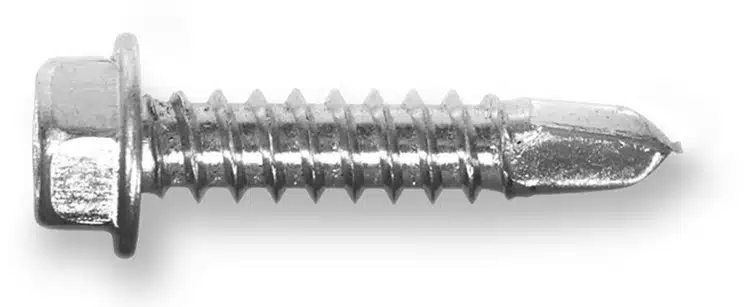
You will mostly find these screws made out of stainless steel, but you might find some variants coated in zinc. The design of these screws includes sharp tips and threads as their purpose is to penetrate metal.
You would mostly use these screws to attach sheet metal to sheet metal, but you can also use them to attach sheet metal to wood or other materials.
Masonry Screws

If you need to hold strong materials together, such as concrete, brick, mortar joints, or CMU, then the heavy-duty masonry screw is what you will need. These screws come in carbon or stainless steel, either with or without a rust coating.
You can’t just drill these beauties into whichever material you need to hold together, so before inserting one, you will need to pre-drill a small hole using a hammer drill or a carbide drill.
Self-Drilling Screws
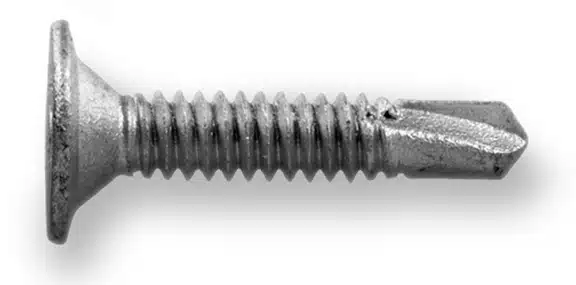
If you don’t feel like the bother of having to pre-drill a hole before inserting your screw, behold the self-drilling screw. These lovely inventions have such a sharp pointed tip that they work almost as well as a drill bit, allowing you to use them without pre-drilling.
You can use these screws in wood and metal, and you will easily spot them in a shop by their distinguishing sharp tip that curves at the end like a twist drill.
Socket Screws

If you need to insert a screw into an area too closed off for a screwdriver to have full access, then a socket screw might be your best bet. These handly screws feature a head with a cylindrical barrel shape and a hexagonal socket. You fasten them in using a hexagonal wrench.
Socket screws come in various materials and sizes to suit your needs.
Security Screws
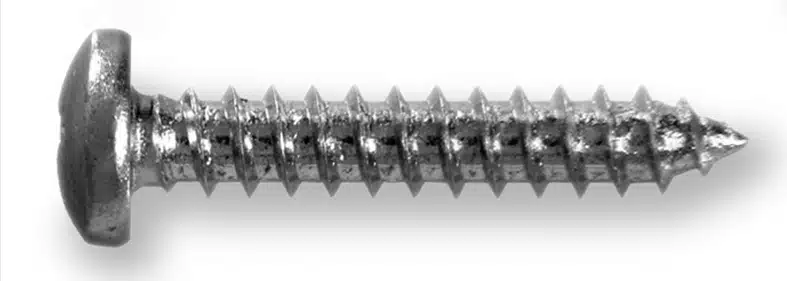
Worried about your items being a security risk, or maybe you reside in an area with a high chance of vandalism, then using a security screw should help ease your mind. These clever screws require you to use a special tool to unfasten them, which means that your standard screwdriver cannot remove them.
Another name for security screws is tamper-proof fasteners or screws, and you will find that these types of screws are typically used for attaching license plates to cars, grill bars, gutters, and in prisons.
Decking Screws

You might think these screws are just glorified wood screws. Well, you might be a tiny bit right, but they are also a little more special to suit their specific purpose. These screws have a particular design, so you can use them when attaching decking to a deck frame.
Decking screws are often self-tapping, so you don’t need to worry about pre-drilling. They are also corrosion-resistant to ensure durability. Another significant aspect of this type of screw is that the designers included a handy feature that allows you to countersink the heads so that they sit flush or just below the surface of the wood.
Double-Ended Screws

These screws also go by the name dowel screws. They are unique because they don’t feature a screw head. Instead, they have lag threads on both ends, which taper off to a blunt midpoint. You should pre-drill holes into the wood before inserting these screws, but you can drill them in without pre-drilling if you wish.
You will mostly find these screws used to fasten two pieces of wood together. They are commonly used in furniture production and when you create end-to-end joints, final installations, and woodworking applications that involve single hidden fasteners and blind holes. As they lack heads, you must insert them using a driver tool or a pair of locking pliers.

Conclusion
Many different types of screws are available today, and choosing one will depend on what you are trying to accomplish. One thing to remember is that screws are designed to achieve a specific task, so it would be best if you chose the correct screw to suit your needs. Screws also come in various head styles, so you can often select your screw head to match your specific tool and the job you need to do.
Follow Quiet Minimal on Pinterest for more minimalist and home design tips and reviews!
